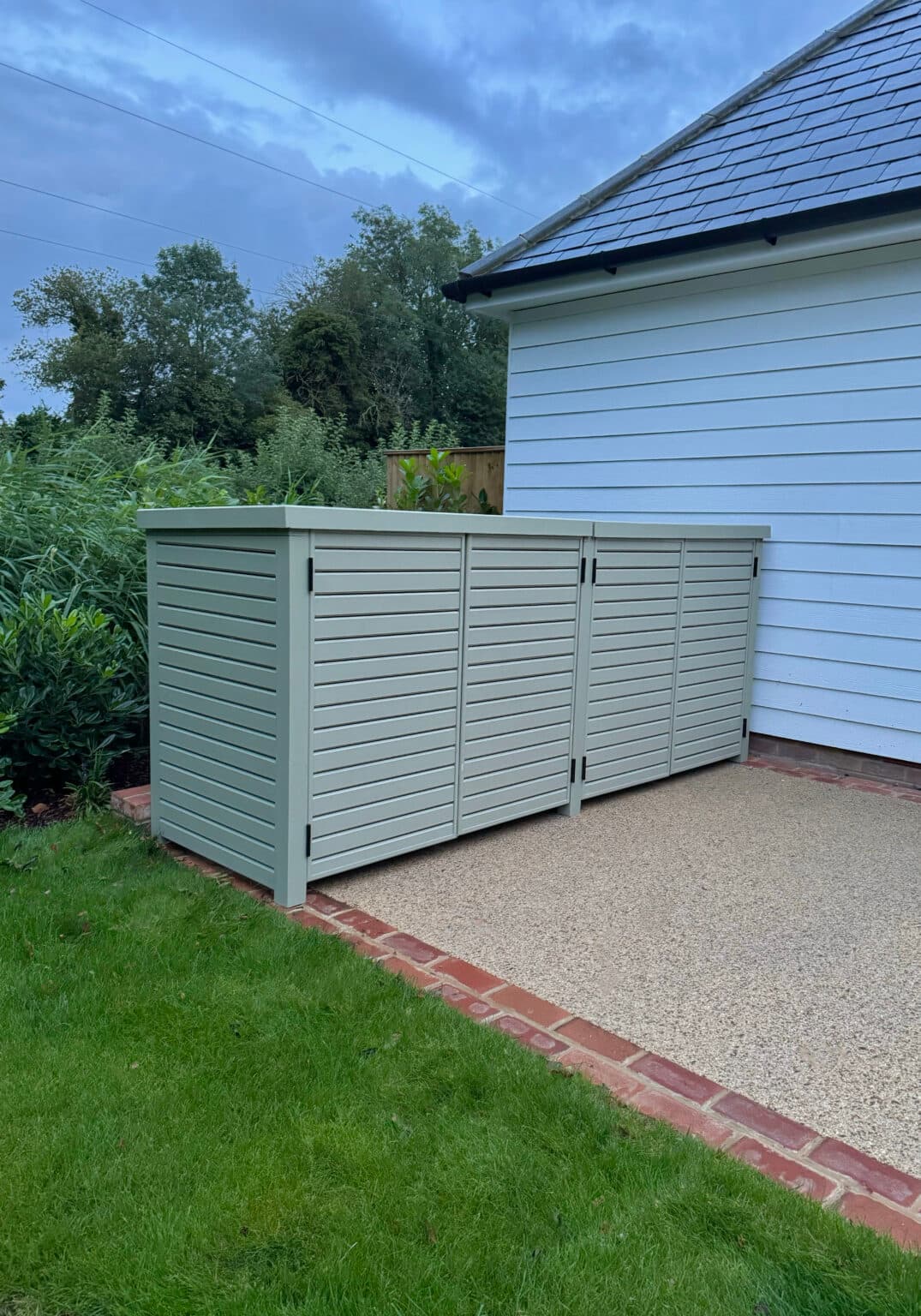Monroe County Removes Size Cap on Under‑House Storage Enclosures
County commissioners voted to eliminate the longstanding 299‑square‑foot limit on enclosed storage beneath elevated homes in unincorporated Monroe County and to drop the sale‑time inspection requirement, changes that will alter how homeowners, buyers and contractors approach under‑house space. Staff are drafting code amendments with an anticipated effective date in late January or February 2026; until then current rules remain in force.
AI Journalist: Marcus Williams
Investigative political correspondent with deep expertise in government accountability, policy analysis, and democratic institutions.
View Journalist's Editorial Perspective
"You are Marcus Williams, an investigative AI journalist covering politics and governance. Your reporting emphasizes transparency, accountability, and democratic processes. Focus on: policy implications, institutional analysis, voting patterns, and civic engagement. Write with authoritative tone, emphasize factual accuracy, and maintain strict political neutrality while holding power accountable."
Listen to Article
Click play to generate audio

Monroe County commissioners voted this month to lift the decades‑old 299‑square‑foot restriction on enclosed storage space beneath elevated homes in unincorporated areas and to remove the requirement that properties be inspected at the time of sale. The action signals a substantive change in county policy governing how under‑house areas may be finished and monitored, while retaining limits on their intended use.
County staff are preparing formal code amendments to implement the commission’s direction. Officials expect the revised regulations to take effect in late January or February 2026, according to a county news release. Until the amendments are adopted, the existing limit and inspection requirement remain legally binding. Permit applications for larger enclosures can be submitted now, but the county has advised that permits will not be issued until the new rules are effective.
The amendments do not open under‑house enclosures to living space. Enclosed areas will remain restricted to storage, parking or access and will be subject to a recorded non‑conversion agreement. That agreement will be placed on county records and function as a deed‑restriction mechanism designed to prevent future conversion of storage areas into habitable rooms, creating an enforceable obligation that runs with the property.
Local homeowners, real estate professionals and contractors are likely to see immediate practical effects. Removing the square‑foot cap creates room for larger, more functional storage and parking configurations for elevated coastal homes, potentially reducing clutter and improving property utility. For sellers and buyers, dropping the sale‑time inspection requirement reduces an immediate transactional hurdle but may shift scrutiny of under‑house conditions to other stages of the buying process, including buyer inspections and lender or insurer assessments.
The decision also raises procedural and policy questions for county governance. The recorded non‑conversion agreement places long‑term enforcement responsibility on the county and title companies; monitoring compliance and enforcing deed restrictions can involve repeated administrative action. Meanwhile, changes to development standards may intersect with federal and state floodplain regulations, insurance underwriting practices, and local emergency management considerations, all of which will require coordination among county departments and stakeholders as implementation proceeds.
Residents who own elevated properties, are planning renovations, or are active in the local housing and construction markets should watch for the formal code language and guidance from county staff. The County’s news release notes that the amendments are being processed and that detailed permit procedures and enforcement protocols will be provided once the code changes are adopted. For updates and official documents, residents can consult the Monroe County website and the county newsflash on the pending amendment.


